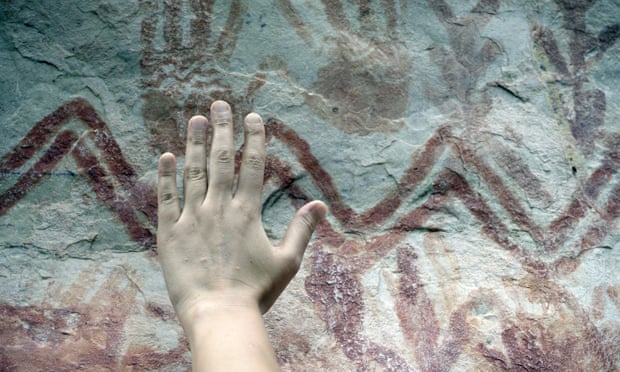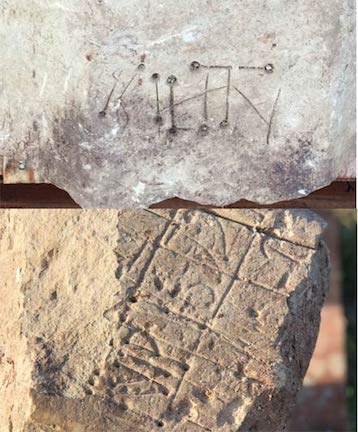Hitting 25k Uploads, with TXMX in Hamburg
 Hamburg, seen through the lense of TXMX, puts The Stencil Archive over the 25,000 upload mark.
Hamburg, seen through the lense of TXMX, puts The Stencil Archive over the 25,000 upload mark.
Pop the cork! Slowly and steadily, while social media pulls the limelight, The Stencil Archive finally hit over 25,000 photo uploads today. The timing couldn't have been better, since TXMX just sent over his annual zip file of his stencil snaps. Due to COVID-19, his pics are all in Hamburg, which is indeed one of the all-time, still-running capitals of Stencil Nation. We are also giving a shout out to Brooklyn Street Art for one of the Hamburg submissions: a snarky elf wheatpaste by Lapiz attempting to "help" people shop correctly during these strange times.
This is only the beginning of the TXMX annual haul. Stay tuned for artist-focused uploads from the streets of Hamburg, along with pulls, submissions, and originals from your very own Stencil Archive - The Old School Home of Stencils and Street Art, Since 2002 ;)

 Thanks to: u/Jmflora11, u/nahmate45, u/Upbeat_Garbage6089, u/iptrucs, u/IronRickNick, Jaime Rojo with Brooklyn Street Art, @only_stencil_archive
Thanks to: u/Jmflora11, u/nahmate45, u/Upbeat_Garbage6089, u/iptrucs, u/IronRickNick, Jaime Rojo with Brooklyn Street Art, @only_stencil_archive 'Sistine Chapel of the ancients' rock art discovered in remote Amazon forest
'Sistine Chapel of the ancients' rock art discovered in remote Amazon forest Thanks to: Josiah, Lydia at Mission Local
Thanks to: Josiah, Lydia at Mission Local Thanks to: Josiah, Laura W., Mission Local
Thanks to: Josiah, Laura W., Mission Local Thanks to: Brooklyn Street Art, r/stencils, Stencil Art FB group, r/streetart
Thanks to: Brooklyn Street Art, r/stencils, Stencil Art FB group, r/streetart